Cleaning ceramic dishes and other types of cookware is necessary to remove particles of food that have been burned and to prevent discoloration.
ceramic baking dishes
Cleaning baking dishes made of ceramic is possible without causing any damage to the dishes themselves. If the food is burned at a high temperature, there is a greater possibility that the ceramic cookware will become stained. On the other hand, you can keep your cookware looking brand new using only a few standard cleaning supplies found in most households. Ceramic cookware must be cleaned using a unique method that cannot be combined with cleaning procedures used for other types of nonstick pans. Do not put your expensive cookware at risk by attempting to use the incorrect method, as this could result in damage that cannot be repaired. If you follow these guidelines, your ceramic dinnerware will maintain its pristine appearance even after being used for multiple dishes. To properly clean brand-new ceramic pots and pans, first wash them by hand in warm, soapy water, then rinse them thoroughly and dry them with a soft cloth. When you clean the surface in this manner, any dirt or ceramic dust that may have become embedded in the surface while it was being manufactured or transported will be removed. When using ceramic cutlery, plates, and cooking dishes, it is necessary to perform a comprehensive cleaning after each food. Check your cookware on a regular basis for discoloration, and give it a thorough cleaning once a year, if you want it to retain its best appearance. It will be necessary to have access to certain tools and resources. 
ceramic baking dishes with lids
Sponge for washing dishes, a gentle cloth, a dish towel, etc. In order to effectively clean the dishes, you will require a basin or a large pan, hot water, dish soap, baking soda (optional), and hydrogen peroxide (optional). Place the ceramic dish on a rack meant for cooling. Ceramic coatings are susceptible to cracking and shattering when the temperature experiences a rapid and significant increase or decrease. When washing ceramic cookware, you should wait until it has completely cooled down (at least a few minutes) after it has been used before beginning the washing process. Put some dish soap in the hot water that is contained in the sink or dishpan. Put the ceramic cookware in a sink full of water and scrub the surfaces with a soft dishcloth or sponge. Warm water should be used to clean the pots and pans. Cookware can be dried using a gentle dish towel, or it can be allowed to air dry in a dish rack. If there is burned food that is stuck to the ceramic coating, let the pan soak in the warm, soapy water for at least thirty minutes before attempting to clean it. Scrub the dishes by first dipping a dry sponge into baking soda, then wetting the sponge to remove the remnants of the food particles. After that, you need to make sure that the pans and pots are completely dried out. If the food is particularly difficult to move, try sprinkling baking soda over the bottom of the pan, followed by adding one to two tablespoons of hot water, and giving it a good stir after each addition. This may be successful. After waiting for thirty minutes, use a sponge or dish wand in conjunction with the mixture to scrub the pan in a circular motion for a few minutes. And if that doesn’t work, you should try something else. After that, make sure you thoroughly dry off. After repeated uses, especially if it comes into contact with food that has been burned, the ceramic coating has the potential to become discolored. In order to assist in lightening the finish, hydrogen peroxide of the first-aid strength that has been diluted to 3% should be poured into the pan. 
ceramic roasting dishes
If the peroxide is going to be effective, you should see it bubbling. If this is not the case, you should try another bottle of the solution. Before rinsing the pan and drying it, you should first let it soak in the solution for half an hour. The surface will become noticeably glossier as a consequence of the mild bleaching properties that peroxide possesses. Ceramic dinnerware must always be washed by hand, even if the manufacturer specifies otherwise. Some dishwasher detergents contain bleach as well as citric acid, both of which can cause damage to the finish. On ceramic dishes, you should never use metal utensils; instead, opt for those made of plastic, silicone, wood, or nylon. In order to prevent the surface from becoming scratched, ceramic cookware should never have knives used to cut food in it. When preparing food, opt for using oil or butter rather than harsh cooking sprays, which leave a residue that is difficult to remove and can be irritating to the skin. Make sure the temperature doesn’t get too high while you’re cooking. If you want to keep your ceramic cookware from getting scratched, you should never stack it without a pad. Nobody is safe from the dangers of scalding food on the stove while also attempting to multitask with a phone or the television remote. It is also possible for this to happen if the flame is made too big or if there is not enough oil used. What should we do if food burns on ceramic cookware or a pan when it happens? Is it possible to get rid of the burnt residue without having to either scrape the surface or replace the vessel? When frying with a ceramic pan, the most common mistake that people make is not using sufficient oil. It is important to keep in mind that even if you are using a ceramic pan that has a non-stick coating, you will still need some. When frying with no fat, ceramic cookware tends to overheat and become unusable. The anti-stick properties of the ceramic coating won’t be able to withstand much wear and tear before they lose their effectiveness. In addition to this, we have to pay attention to the temperature of the fryer as well as the type of fat we use. The flame needs to be manipulated carefully; it can’t be allowed to get too big. 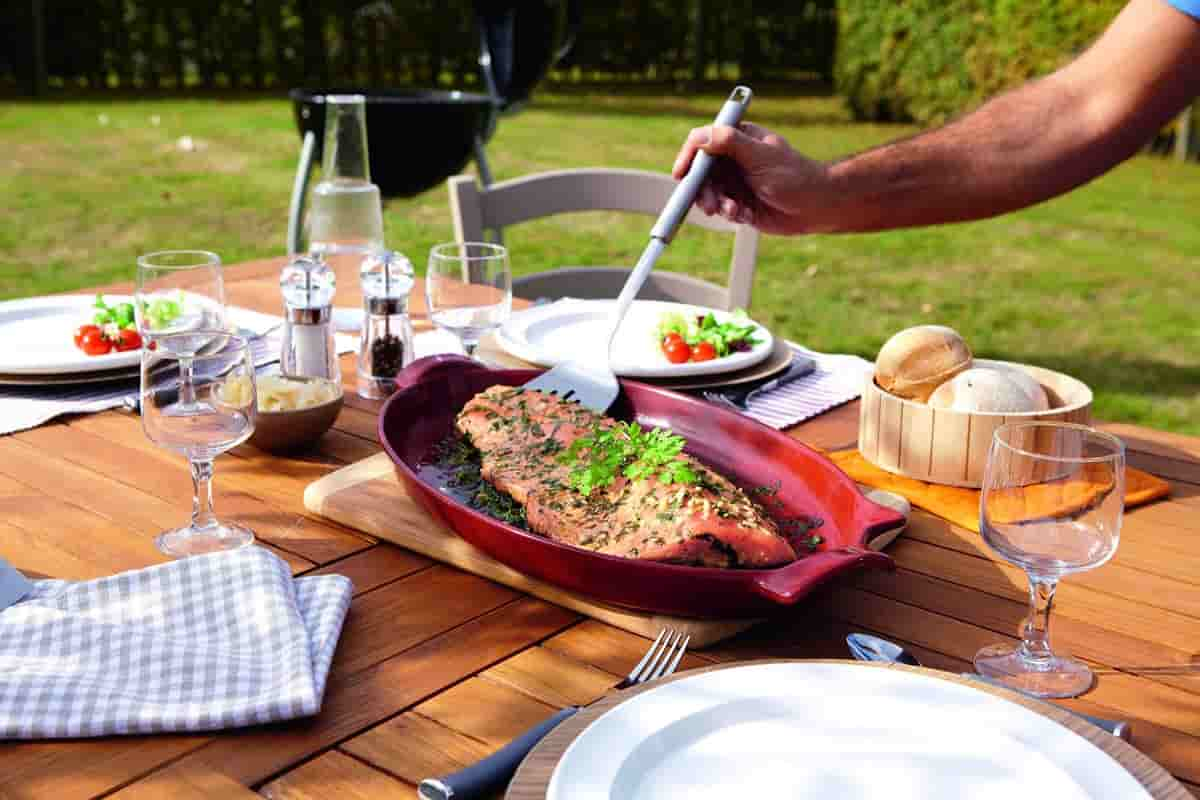
ceramic baking dishes made in usa
Make use of fat that continues to burn slowly even when exposed to high temperatures, such as lard or butter that has been clarified. Dishes made of ceramic have a lower risk of causing food to become overcooked. When you’re using a ceramic dish for cooking, you should never, ever scratch the sides or the bottom of the dish. Keep in mind that getting started with cleaning it as soon as possible will make removing all of the burnt remains a less time-consuming and laborious task. The method that will get the job done the quickest is to pour hot water into the ceramic dishes and then let them sit for three hours. After that, you should have no trouble removing the residues left behind with a damp cloth. If that doesn’t do the trick, you can always try baking soda. After cooking for 15 minutes in water that has been boiling, stir in three teaspoons’ worth of baking soda. It is anticipated that the use of baking soda will hasten the process of removing burnt remains. It is also recommended that, in addition to adding three teaspoons of vinegar to the water and baking soda, the mixture be cooked for approximately fifteen minutes. This will produce improved results. To finish, one last option for removing the burned-on residue is to soak the pan in vinegar for the entire night. The process of cleaning a vessel, on the other hand, ought to be uncomplicated and quick. The process of cleaning ceramic dishes requires the same steps, regardless of whether you choose to use baking soda or vinegar: warm water, dishwashing liquid, and a gentle cloth. In addition to that, make sure that the frying pan has been thoroughly cleaned. If you leave a container out in the rain, limescale may form on the coating, causing it to lose its non-stick properties. Baking soda functions exceptionally well as an abrasive when used on its own. 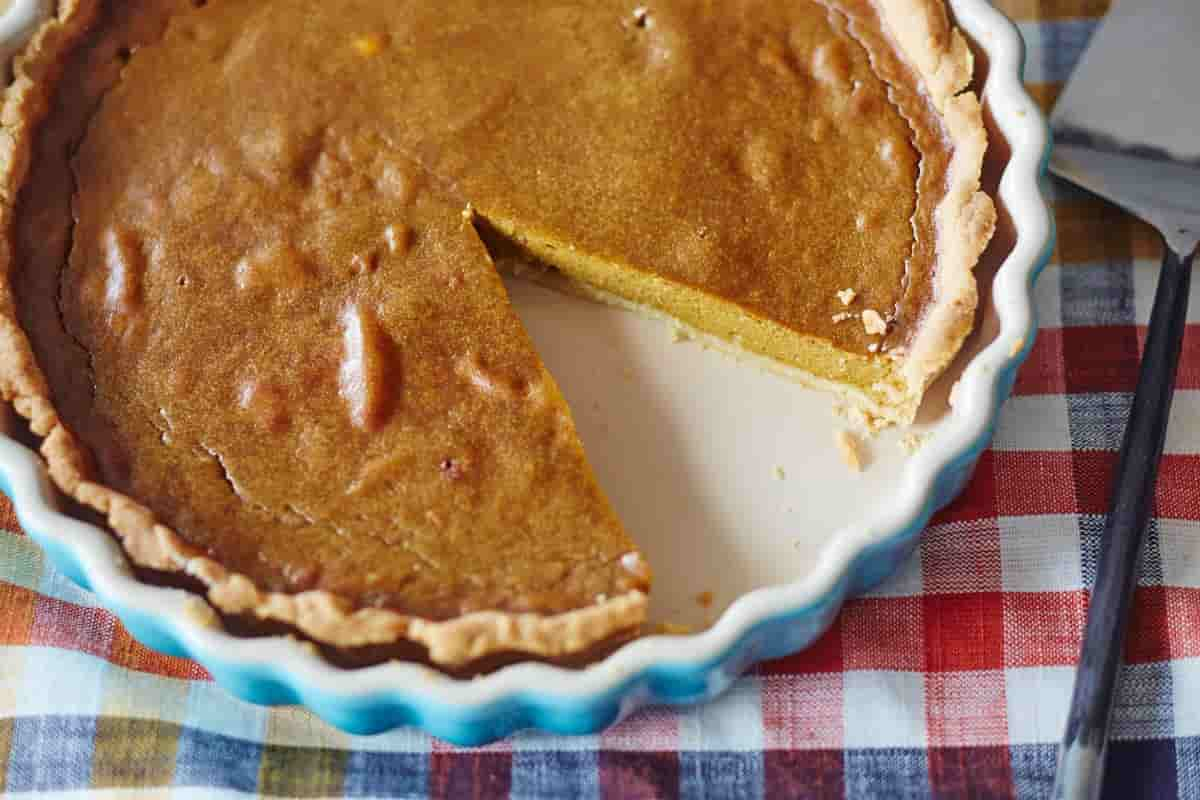
ceramic baking dish vs glass
When you add soap, water, or vinegar to it, foaming will start to happen. The foaming action makes it simpler to remove greasy stains and other types of messes. Apply a thick layer of baking soda all over the stain to cover it. Mixing the powder with a trace amount of dish soap will result in the formation of a paste. Make sure that you work the paste into the stain using a soft cloth or sponge. Because soda has an abrasive quality, even a light amount of pressure should be sufficient to remove small bits of food and grease. This should be the case because soda is an abrasive. Steel wool is not the most effective option when it comes to cleaning your cookware because of how abrasive it is. Because of its high abrasiveness, steel wool is not a good choice for cleaning enamel on cookware. You shouldn’t use Pyrex, ceramic, or enameled cast-iron dishes for cooking if you’re going to be using any of these materials because they are easily damaged. Ceramic is an excellent alternative to glass for baking dishes because it disperses heat just as effectively as glass does. You can make quick bread, muffins, and savory dishes with these ingredients. Bake in elegance with a ceramic baking dish that has been hand-finished. The devil is in the details. It can be cleaned in the microwave and dishwasher without any problems, and it performs admirably in the oven. If you want your delicious food to look just as good as it tastes, you might need this Peach-Life collection that has a capacity of 1500 milliliters. Ceramic dishes are non-porous and easy to clean, provided that the food inside has not been burned. The most effective method for preventing burned food bits from accumulating over time in a ceramic pan that has been burned is to spray the pan with a cooking spray containing clarified butter, vegetable oil, extra-virgin olive oil, or butter. The vast majority of inexperienced cooks make the common mistake of skipping this step. Foods that have been subjected to high-temperature cooking are more likely to refuse to detach themselves from the surface of the pan. Before being cleaned, the baking equipment has to be allowed to completely cool down first. Simply give it a quick rinse in some hot, soapy water after each use, and then wipe it down with a dish towel or a sponge. If food has been burned in the cookware, it should be immersed in hot water for a period of half an hour. 
ceramic baking dish cracked
For thorough cleaning, soak the bakeware in hot, soapy water for a while, and then scrub it with a pad that does not contain abrasive ingredients. It is possible to remove the stains by applying baking soda and allowing it to sit on the surface for twenty minutes. Scrubbing vigorously and then rinsing with warm water will get rid of the stains. Ceramics should be stored at room temperature, as cracking or breaking may occur if they are subjected to temperatures that are too high in the ceramic or heat spectrum. We started our business more than 15 years ago, and have been exporting dinnerware all over the world since then. During this period, our company has never let down our customers in any way, whether it be the sales and support team, the production and supply department, or our transportation team. This is because each member of our team is a knowledgeable and experienced professional who responds to every customer request to provide our clients with the best possible shopping experience. Dinnerware that is both of high quality and user-friendly should be easily accessible to anyone who needs it. Over the years, we’ve had the opportunity to answer a wide range of inquiries from our customers. As an international trading company, we are delighted to be able to provide you with a diverse selection of tableware, decorative dishes, hotel and restaurant dishes, as well as kitchen appliances. We have always found it a pleasure to be in this position. These pieces of dinner sets are composed of a variety of materials, including porcelain, ceramic, fine china and bone china, melamine, glass, and more. 
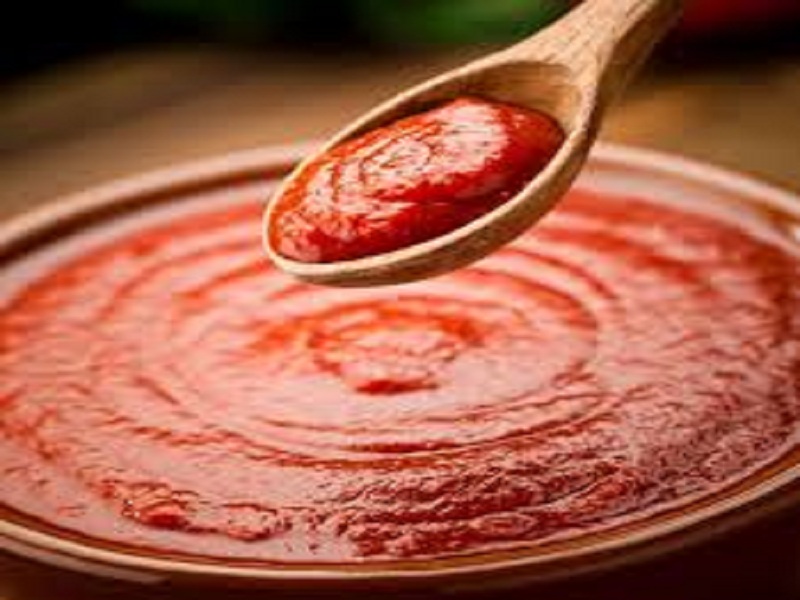
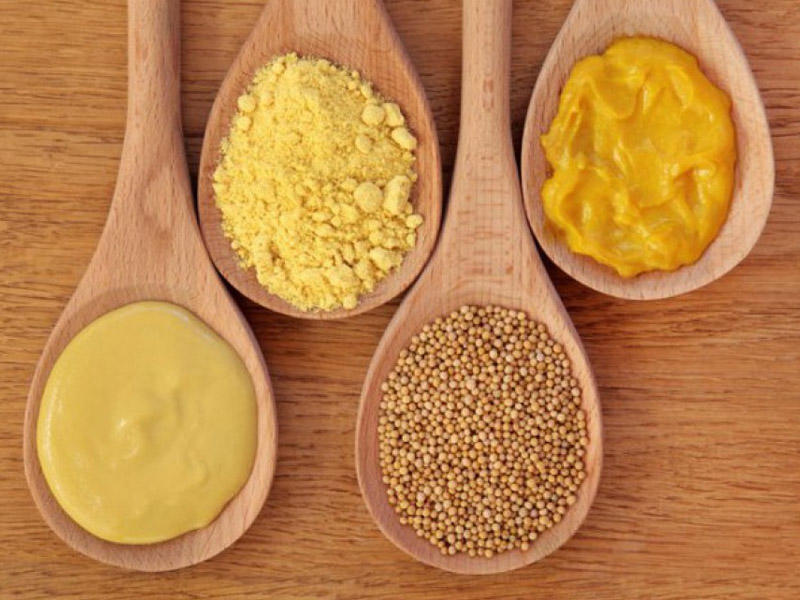
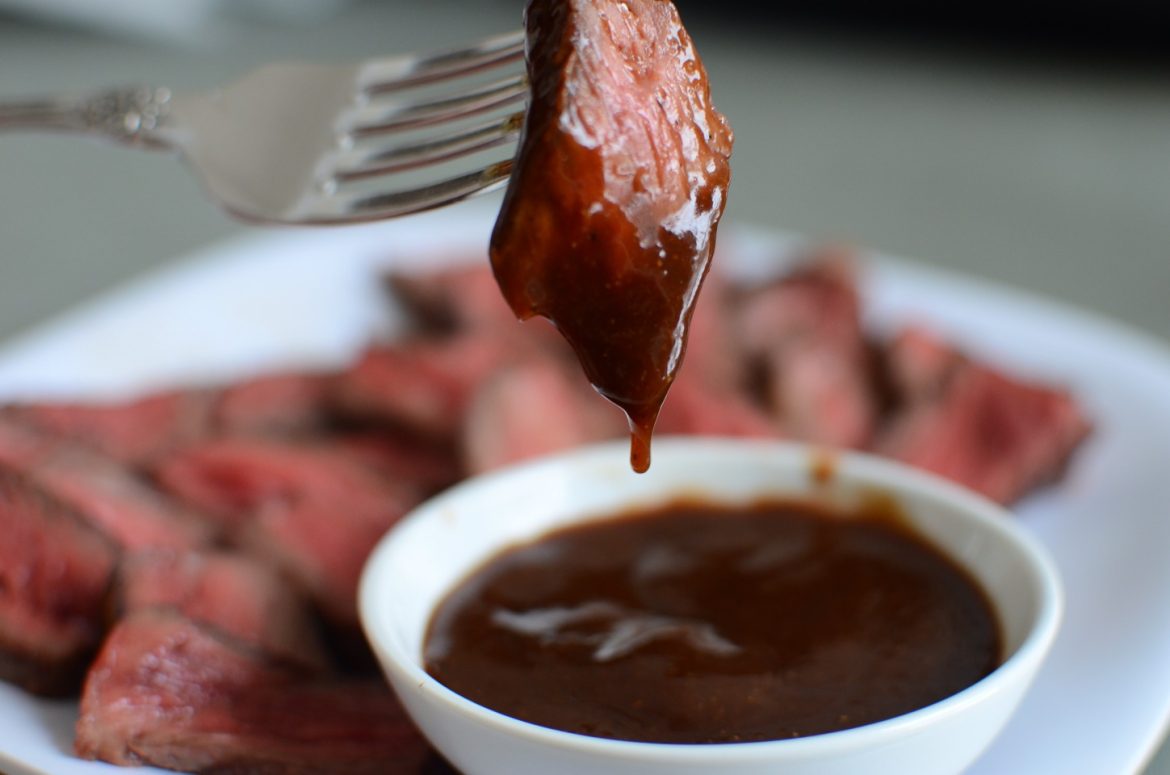

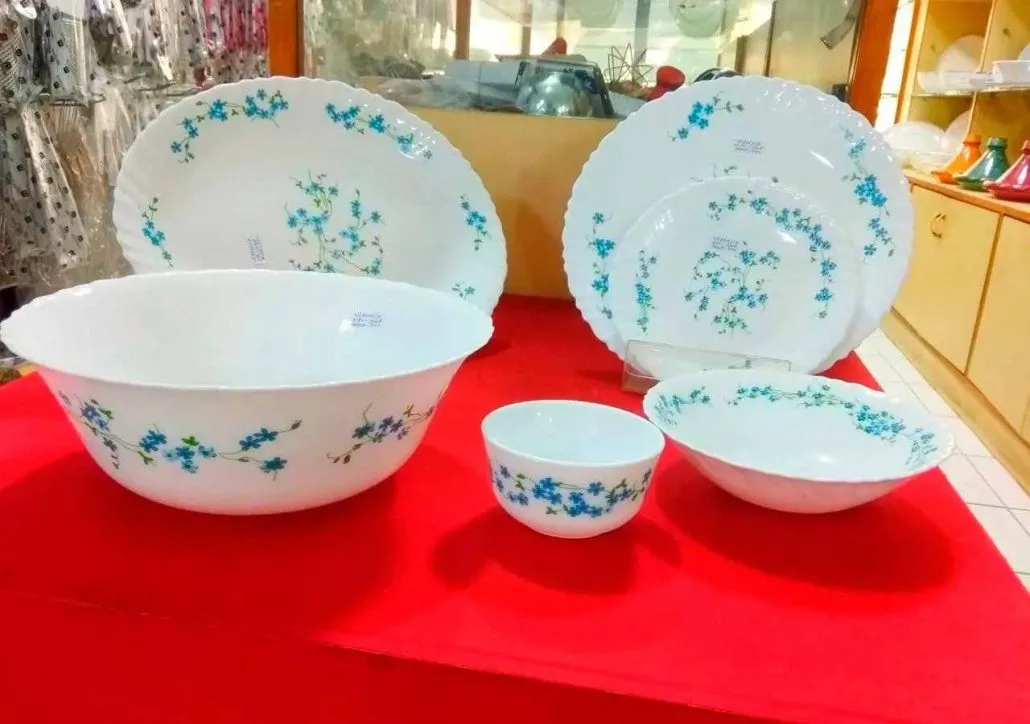
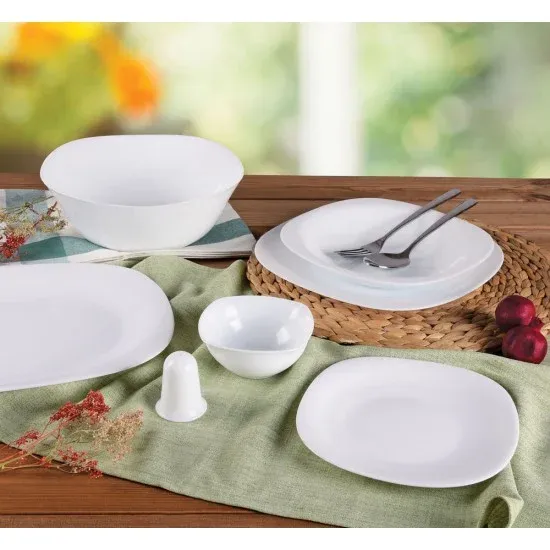
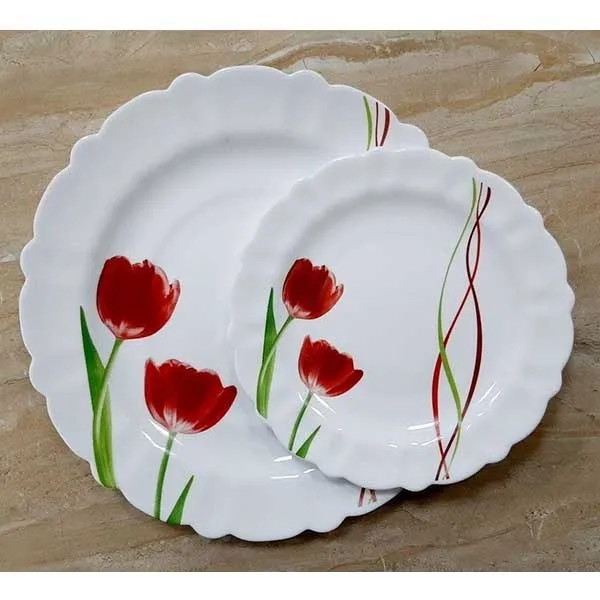
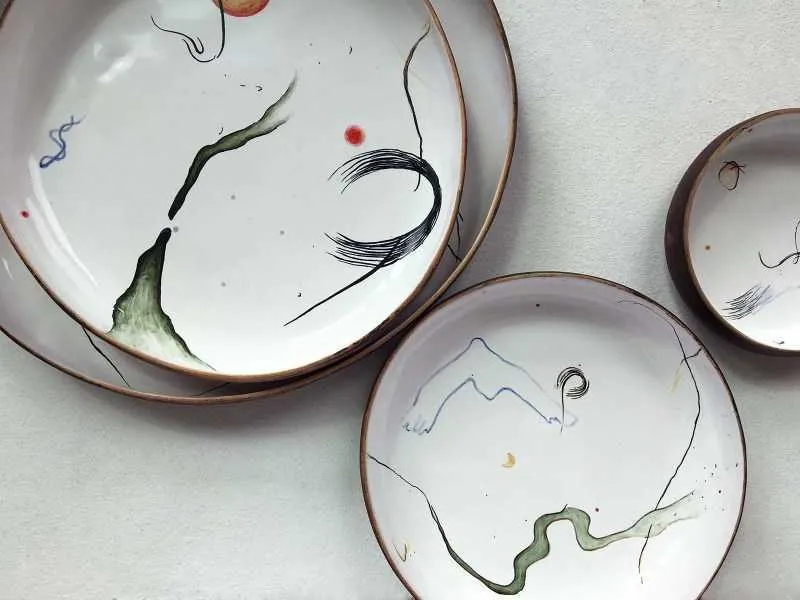
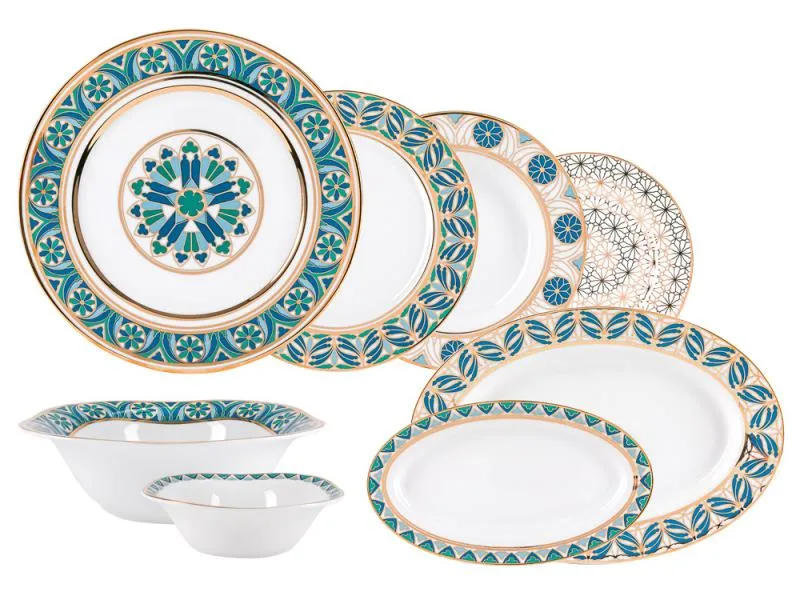

Your comment submitted.